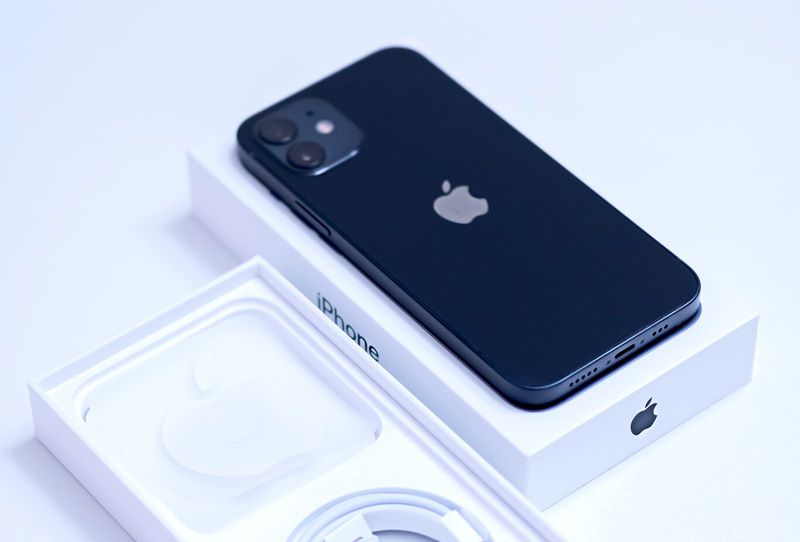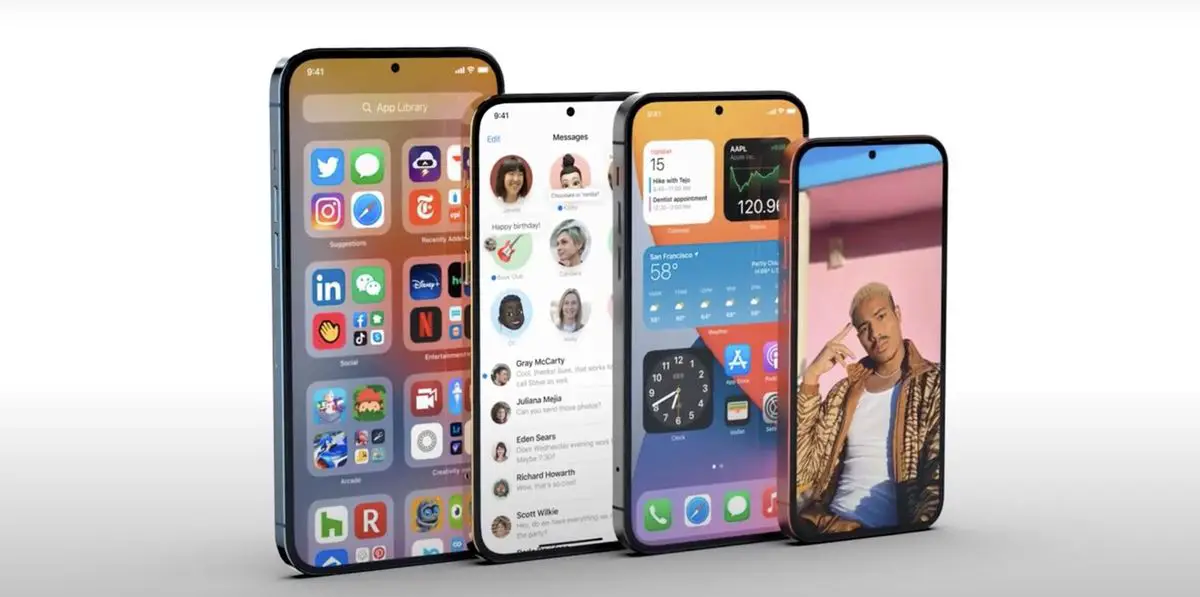iPhone 14, iPhone SE 3, and iPhone 15: No notch, in-display Touch ID, periscope cameras, and more. While we are all waiting for the rumors of the new iPhone 13 that we will see this September, the Cupertino labs are still working on the iPhone 14 and 15. So we have several rumors about these new iPhones and the expected iPhone SE 3 and its Plus variant, which could arrive in 2022.
iPhone 14, iPhone SE 3, and iPhone 15: No notch, in-display Touch ID, periscope cameras, and more
The iPhone of 2022, which for now we can call the iPhone 14, would come with major changes on the front. According to Ming-Chi Kuo, with these new iPhones, the notch would disappear and the FaceTime camera would be located in a hole in the screen. If we consider that this year, with the iPhone 13, the notch will reduce its size after several versions without changes, the truth is that seeing a version of the iPhone without notch just next year seems strange, although according to the analyst it is a possibility. One that joins the arrival of Touch ID under the screen that is expected in this generation.
As for the third-generation iPhone SE, which would also arrive in 2022, we expect few changes. An update of internal components that, while maintaining the same design and the same screen, would bring us a new processor as well as 5G connectivity.
From the following year, however, i.e. 2023, there is a possibility that we will see a 6.1-inch iPhone SE Plus. An iPhone that would use the chassis of the iPhone XR or iPhone 11 and that we could even see with dual rear cameras. This iPhone SE Plus would arrive, according to Kuo, with the same front camera technology located in a small pinhole that we would see in the iPhone 14.

Moving on to 2023, Ming-Chi Kuo also has several predictions for the iPhone 15. The iPhone of this generation will feature a display-only front, without a notch or camera hole. According to the analyst, they will continue with Touch ID under the screen and will feature a periscope camera, a system that will allow digital zoom to be increased from 2x to 10x or 20x.
It’s clear that iPhone manufacturing, even if we only see it once a year, is something that never stops. Always researching new possibilities, making prototypes to test technologies, or simply simplifying designs to offer new experiences.





